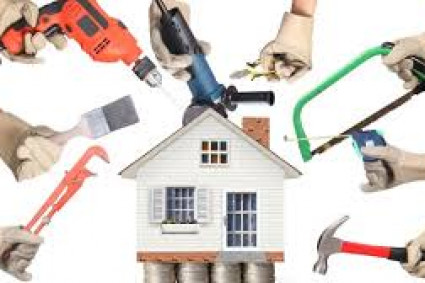
"Preface
It is more important than ever to preserve our historical artefacts in a world where technology is developing at an unparalleled rate. This blog explores the cutting-edge field of turning historical objects into vectors, a procedure that preserves the past while creating new opportunities for investigation and enjoyment.
Recognising the Importance
The History's Fragile Nature
History is brittle; it frequently exists in material artefacts that will eventually deteriorate. Paintings chip, sculptures deteriorate, and documents fade. Alternative techniques are required because it is constantly difficult to preserve these artefacts in their original state.
The Development of Digital Conservation
Welcome to the era of digital preservation, where historical objects are converted into vectors, which are forms and shapes represented mathematically. This offers an engaging and easily accessible method to investigate and learn about the actual artefacts in addition to safeguarding them.
The Conversion Process
1. Techniques for Digitization
Modern cameras and scanners are used to take high-definition pictures of the artefacts. The vectorization technique is built around these images.
2. Technology of Vectorization
These photos are transformed into vector graphics using sophisticated software using algorithms. Through the identification of shapes, lines, and colours, a digital reproduction that may be scaled indefinitely without sacrificing quality is produced.
3. Maintaining Textures and Details
The ability of vectorization to preserve the fine details and textures seen in the original artefacts is one of its most amazing features. This guarantees that the historical artefact will be accurately depicted.
Utilising Vectorized Historical Artefacts in Applications
1. Online museums
People from all over the world can examine and admire historical objects without having to be physically close to them because to vectorized artefacts, which enable the establishment of virtual museums.
2. Educational Materials
Teachers can provide students with an immersive learning experience that surpasses standard textbooks by integrating vectorized artefacts into their courses.
3. Developments in Research
Comprehensive research can be carried out without running the danger of causing harm to the original artefacts. Research and analysis may be done collaboratively because to the digital format.
Difficulties and Ethical Issues
1. Authenticity Issues
Digital copies, according to some, might not be as authentic as the original artefacts. To tackle these issues, precise norms and criteria for the conversion procedure must be established.
2. Barriers to Accessibility
Although digital preservation creates new opportunities, guaranteeing universal accessibility is still difficult. In order to ensure that everyone has access to these resources, efforts must be taken to close the digital gap.
The Preservation of Historical Artefacts in the Future
Preservation of historical artefacts is a potential that will grow as technology does. The future presents exciting opportunities for how we connect with and protect our cultural legacy, from the development of artificial intelligence to the incorporation of augmented reality.
In summary
Making historical artefacts into vectors is a commitment to preserving the relevance and beauty of our past for future generations, not just a technical achievement. By adopting these cutting-edge preservation techniques, we strengthen the bond between the ancient and the current and promote a greater understanding of the fabric of human history.




